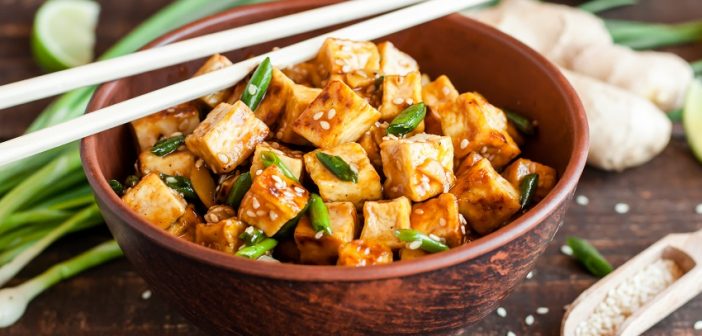There’s nothing quite like Sichuan cuisine. It has its roots in one of the world’s richest agricultural regions and has always strongly centered pungent ingredients like mushrooms, scallions, and onions. But it’s complex and multicultural too. Deeper layers of umami, bitterness, heat, and sweetness were brought from both the Middle East and Latin America, and the results are some of the most complex and varied flavors in the world. It’s also one of the most egalitarian. Some of the biggest Sichuan recipes around are rooted in street food, and the key recipes can be made with just some basic staples. Follow these tips to easily incorporate Sichuan food more capably into your diet.
It’s About the Tingle
For the past few hundred years, heat has been an essential quality of Sichuan cuisine. That comes in the form of chili peppers first brought over from Mexico, but it also takes the form of a more complex spice like star anise. Most prominent are Sichuan peppercorns. These peppercorns lend an oddly pleasant numbing experience that adds a deeper dimension to the heat of the peppers. If you want to cook Sichuan, keep some peppercorns on hand – and match them up with some quality chilies.
But Also Umami
Umami may be a relatively recent discovery for much of the world, but it’s an essential part of Sichuan cuisine. Mushrooms – particularly dried mushrooms – are a core part of many dishes, as are ginger, garlic, and onions. Add chili peppers into the mix and you have all of the essential spices for cooking a majority of Sichuan dishes. A single trip to an Asian supermarket can get you quickly supplied with everything that you need.
Soy Sauce is Important
Chinese food is rich and varied, but soy sauce and sesame oil are staples almost as important as rice. The most common soy sauce you’ll find on the shelves is dark and thick with sodium, but that’s far from your only option. Once you start learning more about Sichuan flavors and cooking more sophisticated dishes, you may want to experiment with different varieties. But to start with, simply buy a good bottle. Since it offers umami, sweetness, bitterness, and saltiness, soy sauce is one of the most versatile staples in your repertoire.
So is Sesame Oil
Cooking in oil is an essential part of many Sichuan dishes, but sesame oil lends a particularly unique element to the flavor of Chinese recipes. There are two types of sesame oils, and each serves their own purpose. Dark sesame oil brings with it a stronger taste of sesame and is treated as one of the most essential ingredients for adding flavor to Sichuan dishes. The nutty earthiness of sesame fits in perfectly with dishes that focus strongly on aromatic aromas like nuts, ginger, and onions. By contrast, light sesame oils are more utilitarian. While they’ll add a bit of flavor to a dish, they’re better suited for cooking than they are for flavoring.
Don’t Be Afraid to Take the Easy Route
So much of Sichuan cooking comes down to flavor, but you don’t have to double the size of your spice rack or learn the perfect formula of spice combinations to truly incorporate Sichuan cooking into your kitchen. Brands like Fly by Jing have perfected some of the most addictive Sichuan flavors and transformed them into sauces and powders. The great thing about Sichuan spice is how well it adapts to just about any dish. Fly by Jing takes that essential principle and makes it more real – by shrinking down those flavors to fit into a jar.





nice post Love From 24LegWorkouts